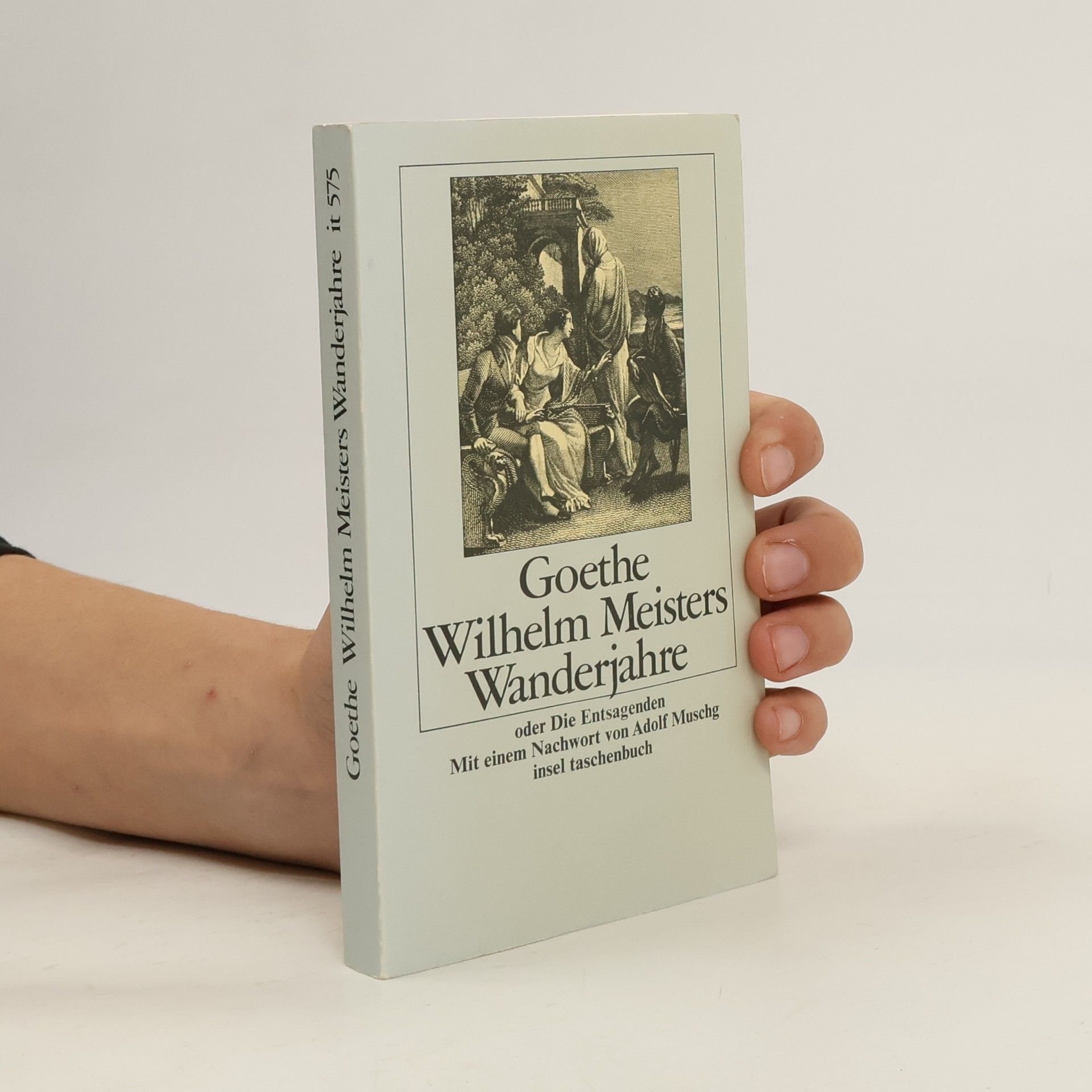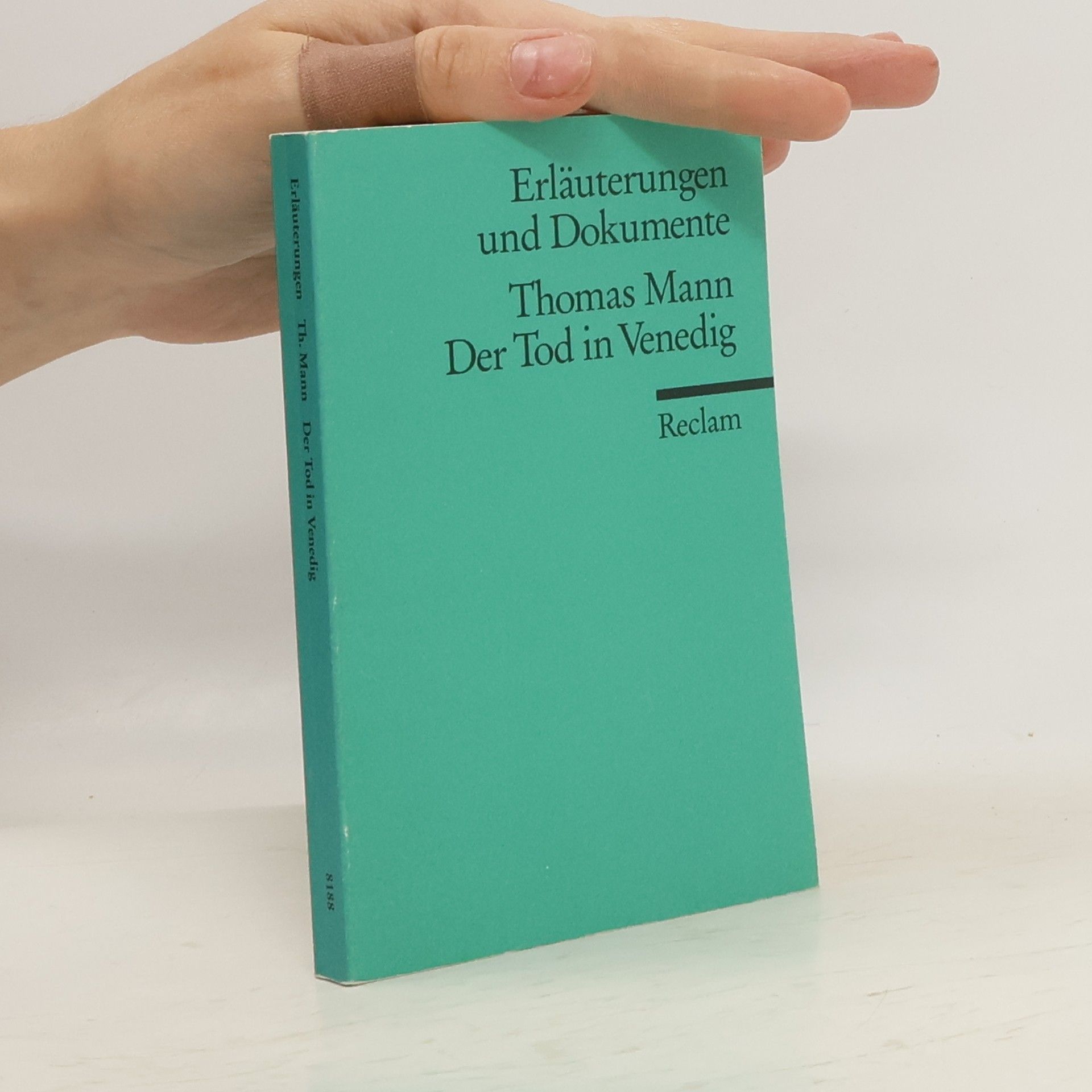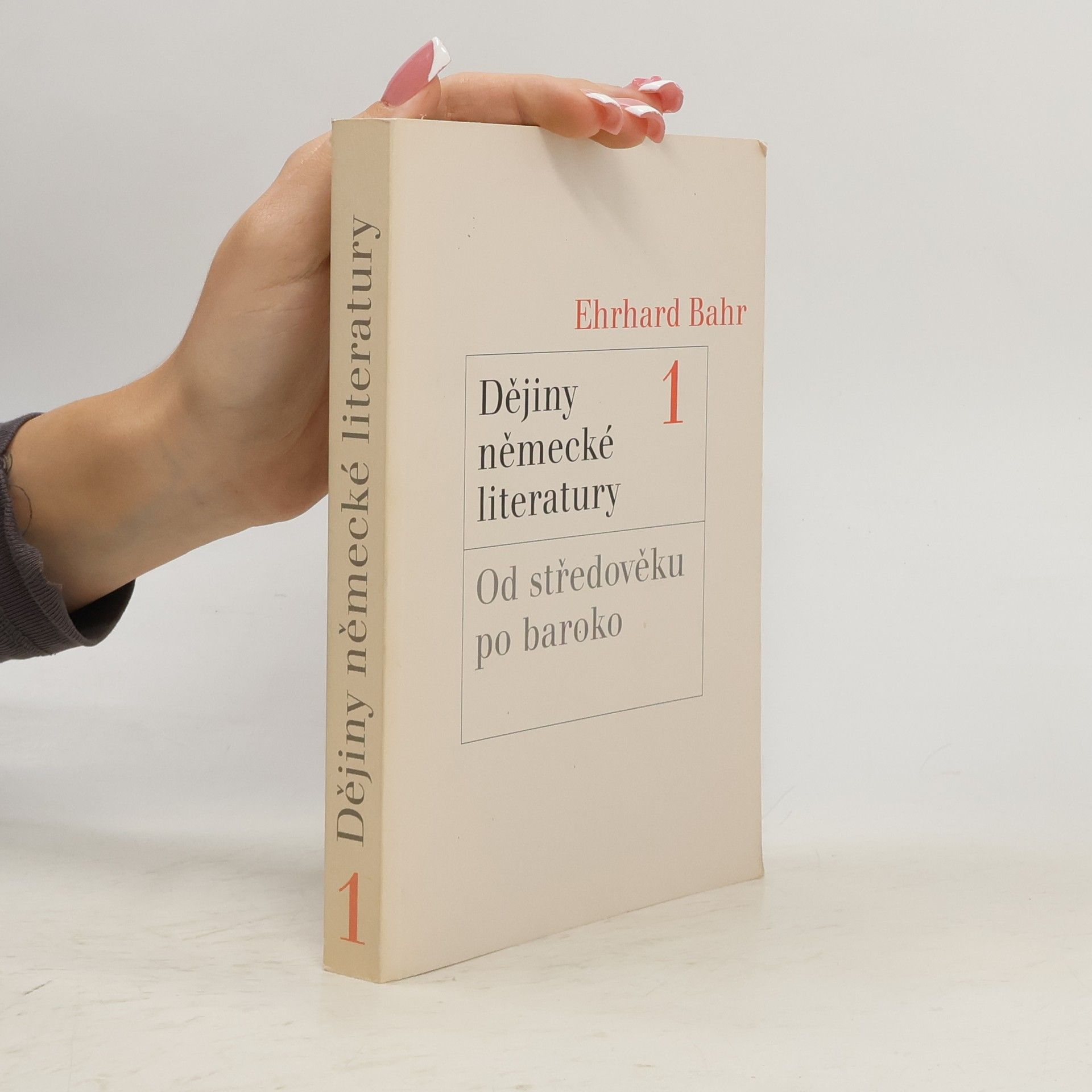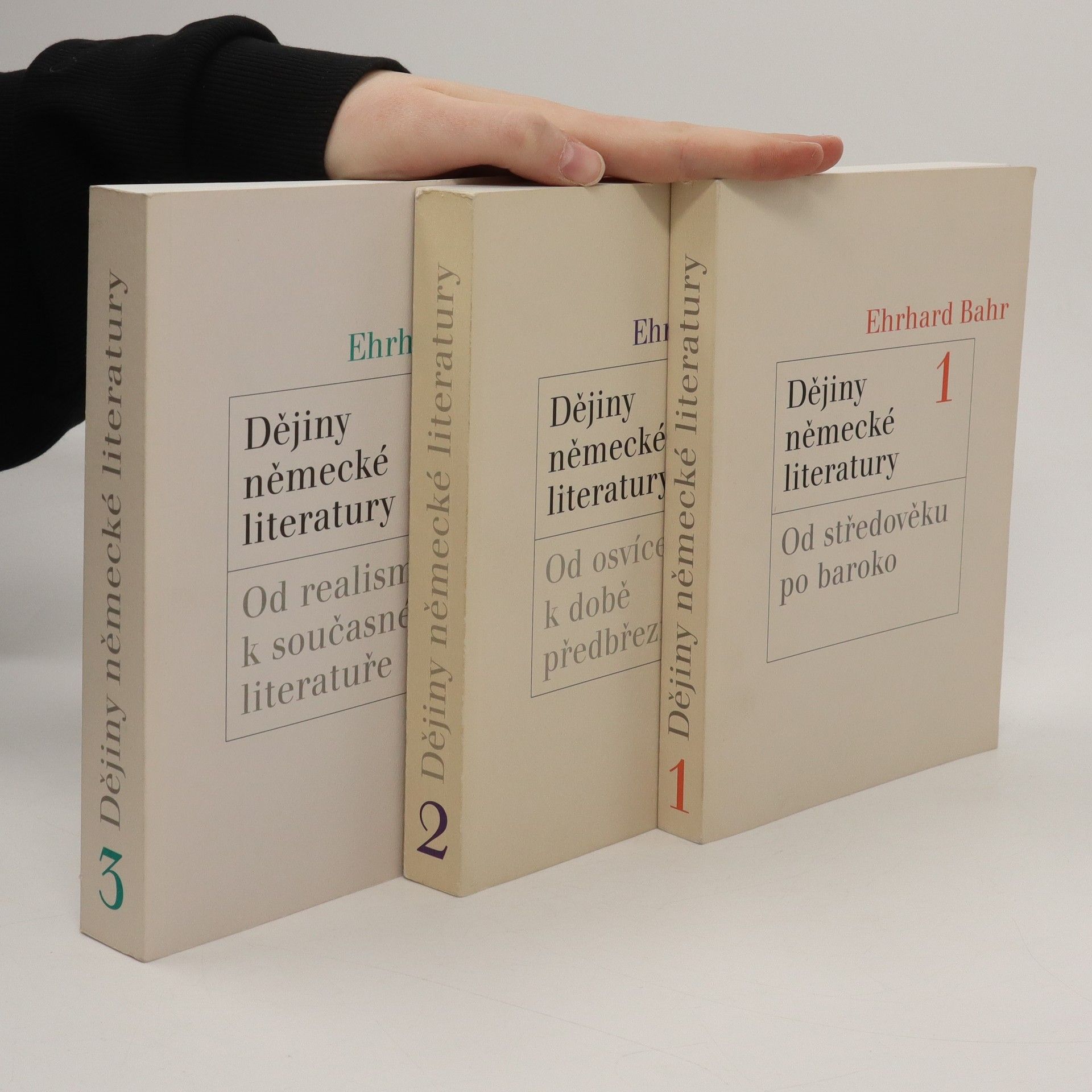Dějiny německé literatury 1: Od středověku po baroko
- 384pages
- 14 heures de lecture
Bahrovy třísvazkové Dějiny německé literatury, zahrnující období od raného středověku po současnost, patří dnes již ke klasickým pracím literární historie. První svazek se zabývá obdobím středověku, renesance a baroka. Jednotlivá témata jsou pojednána v ucelených oddílech specialisty na dané období a jejich základ tvoří interpretace stěžejních děl. Věnují se také vývoji žánrů typických pro jednotlivá období, jako jsou například minnesang, dvorský epos, bajky, knížky lidového čtení jezuitské drama či román. Zařazují literaturu do širšího kontextu dějin nejen německých, ale především evropských. Publikaci doplňují výběrové bibliografie k dějinám německé literatury pro zájemce o další studium.









